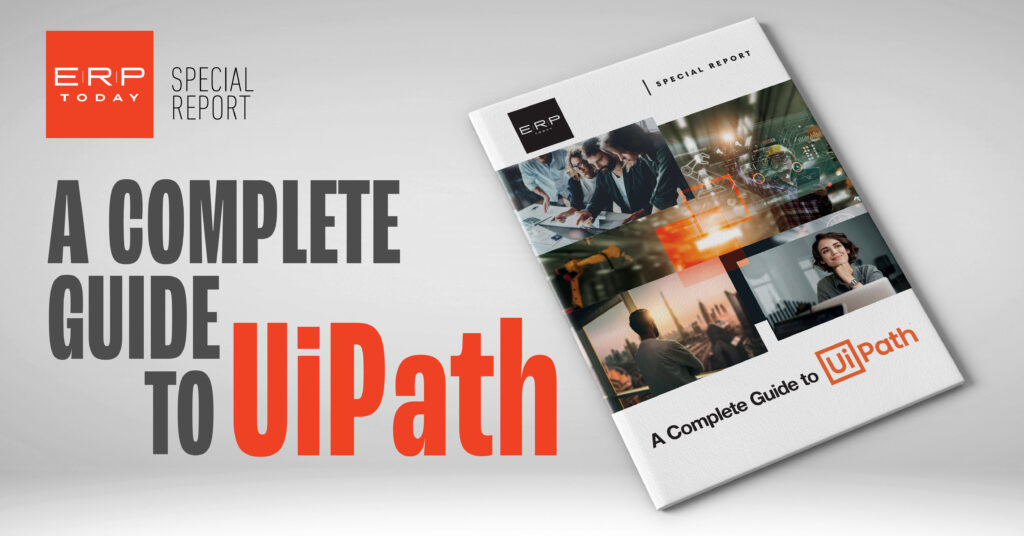Companies now realise that competitors that excel at automation will outperform them. At the same time, they realise that intelligent automation (IA) and hyperautomation, while an accessible way to jump-start automation, is only part of the answer. Its strength is tactical efficiency that falls short of the transformational potential of AI. In short, to get ahead, enterprises need something new, a different perspective. This article first explains the forces behind this emerging attitude, and secondly describes an emerging automation example that aligns with this view.
A key distinction for the next automation period is how the technology works with people. IA extracted simple and repetitive tasks that were almost robotic from humans. Future process transformation requires we extract more cognitive human functions like sensing, decision-making, and conversation from humans and put those into the robot or machine. Put simply, automation takes on more human-like characteristics. A second distinction is this: IA makes things we already do more efficient, but the more human-centred approach gives us entirely new ways of doing things.
The change will be gradual and, in some cases, barely noticeable. Crude chatbot sessions of the previous era are replaced by machines that carry a more complete conversation. AI begins to make real decisions such as granting a loan or advising a judge on the right bail amount for an offender. Digital smarts become embedded in the physical world to allow autonomous delivery to our homes, robot janitors to disinfect offices, and robotic security officers. Compared to IA, it’s the difference between lightning and a lightning bug, to steal a line from Mark Twain.
So how do we get there and what’s missing today? To start, leaders must weave together automations in a thoughtful, scalable, and managed way. Organisations will use today’s loosely coupled automation technologies such as RPA, DPA, low-code tools, and AI building blocks, to build more connected end-to-end automations.
Forrester calls the framework needed to do this the “automation fabric”. Interoperability among today’s siloed automation stacks, is a key tenant. Today’s data integration tools, AIOs and related infrastructure automation, and the world of physical robotics, for example, do not work together. They grow in isolation and will become a barrier to automation success. Tomorrow’s real-time data and modern edge applications makes interoperability critical and inevitable. The fabric is also an institutional philosophy that governs and promotes success through proper people development and caution.
Autonomous workplace assistants
In the new world of work, we must master collaboration among humans, digital workers, and robots. AWAs embrace Forrester’s automation fabric principals to do this. They are built with interoperability, agility, and autonomy in mind. Forrester defines AWAs this way:
Cognitive or physical automation that can make decisions, acts without approval and performs a service based on its environment, context, user input and learning in support of workplace goals. They can be scheduled, triggered by an event, or directed by a human.
AWAs are programmed using machine learning and capable of acting independently to achieve certain goals. Monitoring, detection and decisioning are built in. When an AWA receives some form of sensory input from its environment, it then performs some actions that change its environment in some way to reduce human workload. They use AI to retain context, always with the end goal in mind. They use conversational intelligence to ask questions when stuck, and become enriched with interaction.
AWAs differ from two other forms of workplace assistants. Task-oriented digital workers, the focus of RPA platforms, complete short tasks, are simple to deploy with verifiable productivity returns, but do not learn, have no context, and follow pre-determined patterns. An example would be a simple unattended RPA bot performing address updates in a contact centre. There are millions of task-oriented digital workers or bots operating today.
Collaborative assistants is the second category. They help complete tasks but use ML and process software to provide guidance and recommendations, and always depend on having a human in the loop. Agent assist automations, for example, are already a key component of advanced contact centres, that work alongside human agents. Collaborative assistants are also used in document extraction use cases, where a human is in the loop to check on the accuracy of extracted fields. There are many more ‘collaborative’ assistants than AWAs today, for one important reason. The human in the loop lowers the AI risk. Algorithms and data need not be perfect.
AWAs take assistance to the next level. They still perform tasks on behalf of a human but do so without the human’s help. They are goal driven, proactive, autonomous and operate in a ‘closed loop’ process pattern. Already, insurance companies use AWAs to help non-captive agents submit commercial insurance proposals. Truck manufacturers have AWAs that use predictive analytics on maintenance data, access parts inventory warranty status to autonomously, schedule trucks for repair. Providers in health care use AWAs to combine doctor’s transcription and report creation with EMR. Financial firms have AWAs collect data for ‘know your customer’ reviews.
Today AI has found its way into almost every enterprise software platform, yet in most cases it’s buried as a feature or capability and not applied to a business problem or outcome. Providers tend to lead with AI platform features which everyone seems to have, as if an AI component alone solves a business problem. Leading with a result-oriented automation such as an AWA is far better. Expect enterprise application vendors, RPA and DPA suites, and global service companies to take note. In summary, recognise these shifts in automation ambitions and likely changes in supporting software markets.




